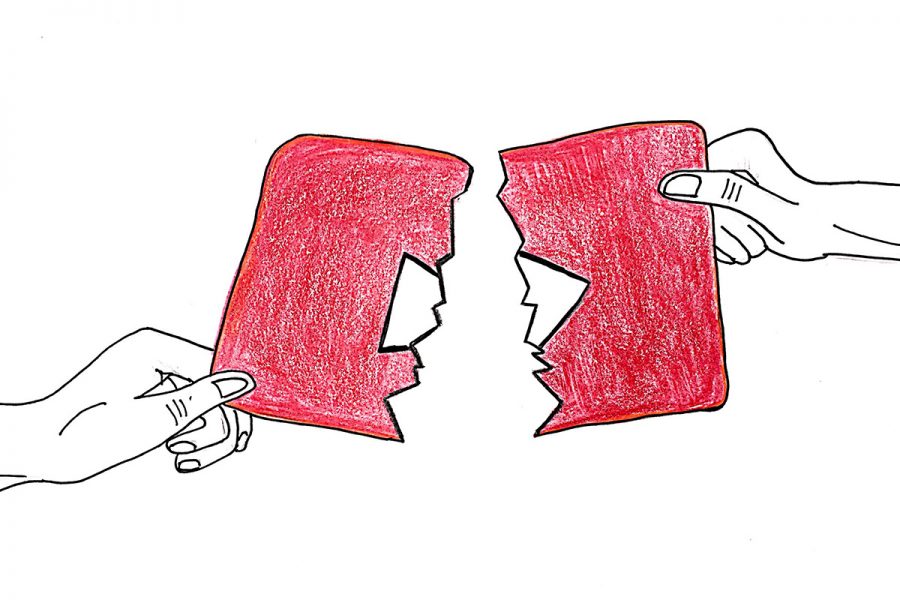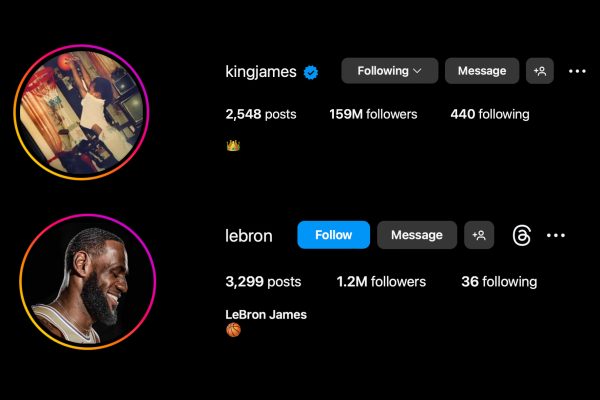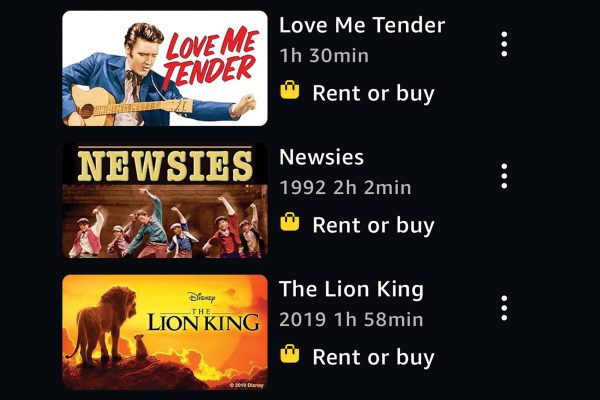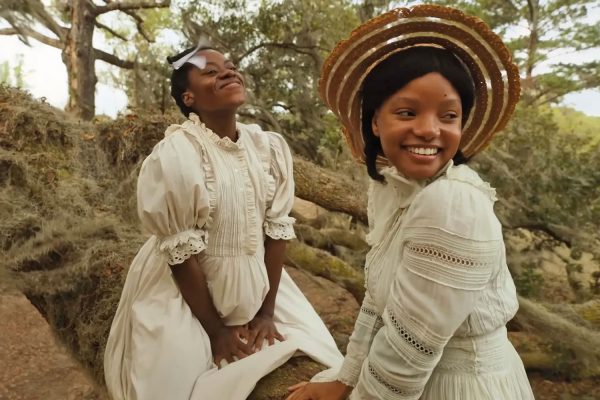The ‘evolution’ of Youtube
YouTube’s not the same place it was 13 years ago– for better or for worse
January 31, 2018
YouTube, the free online streaming service, is a household name. From funny cat videos to karaoke versions of every song ever made, it’s where everyone goes if they want to entertain themselves. However, it’s no secret that the YouTube of today is wildly different compared to that of its beginning.
YouTube, in its youth, was a wholesome place. Created in 2005, the platform wasn’t well-known, resulting in a small group of creators motivated by their own need to make art, not money. YouTube didn’t even have a monetization program for content creators until 2008. Videos like “Dramatic Chipmunk,” “Charlie Bit My Finger,” “Harry Potter Puppet Pals” and “Chocolate Rain” are all stars of the early age of YouTube. These videos are iconic, and it seems as if nearly every person in the universe has seen them, but the creators of these videos are lesser known. That’s because in the early years, the success of videos didn’t depend on who made them, but on their content.
These years could be characterized as an age of creativity, because all a person had to do to make a viral video was have a creative idea. This allowed people of all ages and positions in life to be heard on a platform that seemed open and welcoming to everybody. In the next era of YouTube, everything changed.
The middle ages of YouTube, from about 2012 to 2014, consisted of an exponential leap in viewership. Suddenly YouTube became a mainstream form of social media, and once that was established, the inevitable came: YouTubers. These were creators who consistently made videos (usually about themselves and their lives) in order to build up a fanbase. These fanbases were fiercely loyal and invested in the lives of their favorite YouTubers, treating them like celebrities or TV characters rather than people.
Musicians and cover artists flourished under this attention. Their newfound popularity allowed for extravagant tours and albums released worldwide. Tutorial videos, another new niche in YouTube content, consisted of charismatic hosts that taught practical DIY’s or gave inspiration for crafts. Like with other content, the creator was key in the popularity of the video. The more influential the person, the more views it would get.
In the end, the result of these large and indivisible fanbases was an entirely new power dynamic on YouTube, where suddenly, instead of content, the creator was what brought in the views. It didn’t matter what the video was about, as long as Tyler Oakley or Miranda Sings was in the thumbnail.
The reign of these popular YouTubers lasted long, bringing millions of dollars in tours and merch sales. Some argue that these creators still rule YouTube today, but they are mislead. YouTube has a new star, one that overshadows all the others: drama.
In the end, the result of these large and indivisible fanbases was an entirely new power dynamic on YouTube, where suddenly, instead of content, the creator was what brought in the views.
— Kyles
Drama and click-bait have suddenly become key players in the game to win YouTube fame. Controversy is now commonplace and highly exploited. The new way to get views, rather than through content or creator, lies completely in the hands of the public and what drama they find most appealing.
Click-bait has always existed on YouTube, and for good reason– a really attention-grabbing title can attract millions of views. The problem began at the end of the middle ages of YouTube, when many creators gave up making videos, or at least, original videos, and turned to vlogging. At first, vlogs were harmless and uncommon; every once in a while, a YouTuber would bring their camera to an amusement park or the beach to document their day. Soon, creators realized the potential money to be made from vlogging daily.
Daily vlogging took off, and vloggers would build a cult of personality around their lives. Soon it was obvious that no vlogger’s life was so action-packed that a video every day could be cutting edge entertainment, so click-bait found a new purpose. Click-baiting takes one small, fractional clip from a video, creates a wildly outrageous title around it and adds an intriguing twist.
Dishearteningly, this era of drama and click-bait lives on with influencers like Jake Paul, who are riddled with controversy. In the end, YouTube’s “evolution” is more like a “devolution.”
Of course, music videos and movie trailers are still a part of YouTube, but they don’t hold the same amount of heart that original content once did. But there’s still hope for the platform. If new, creative and original users join and their content gains popularity, then perhaps YouTube could go back to being the hub for innovative art and creation that it used to be.





















